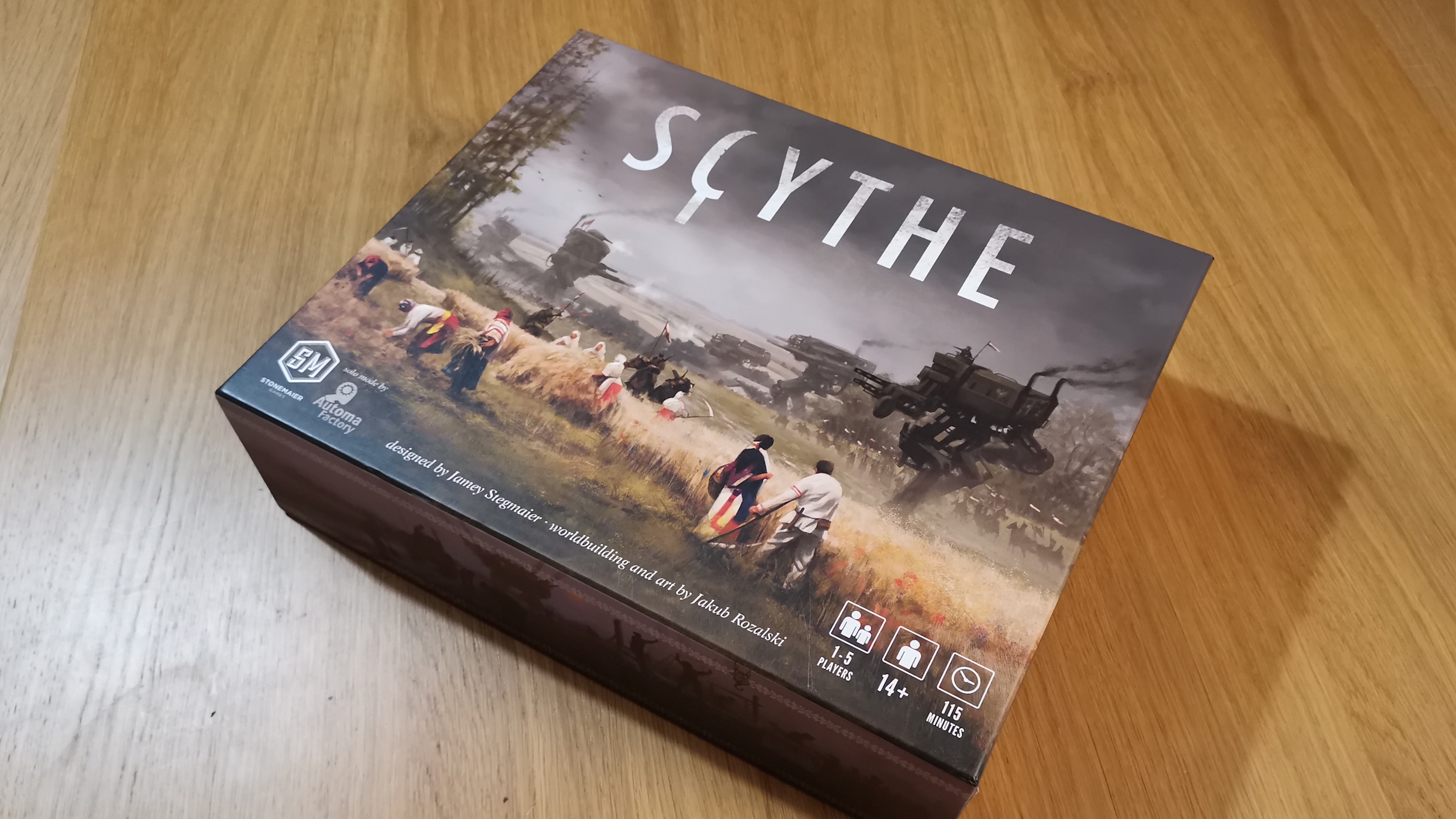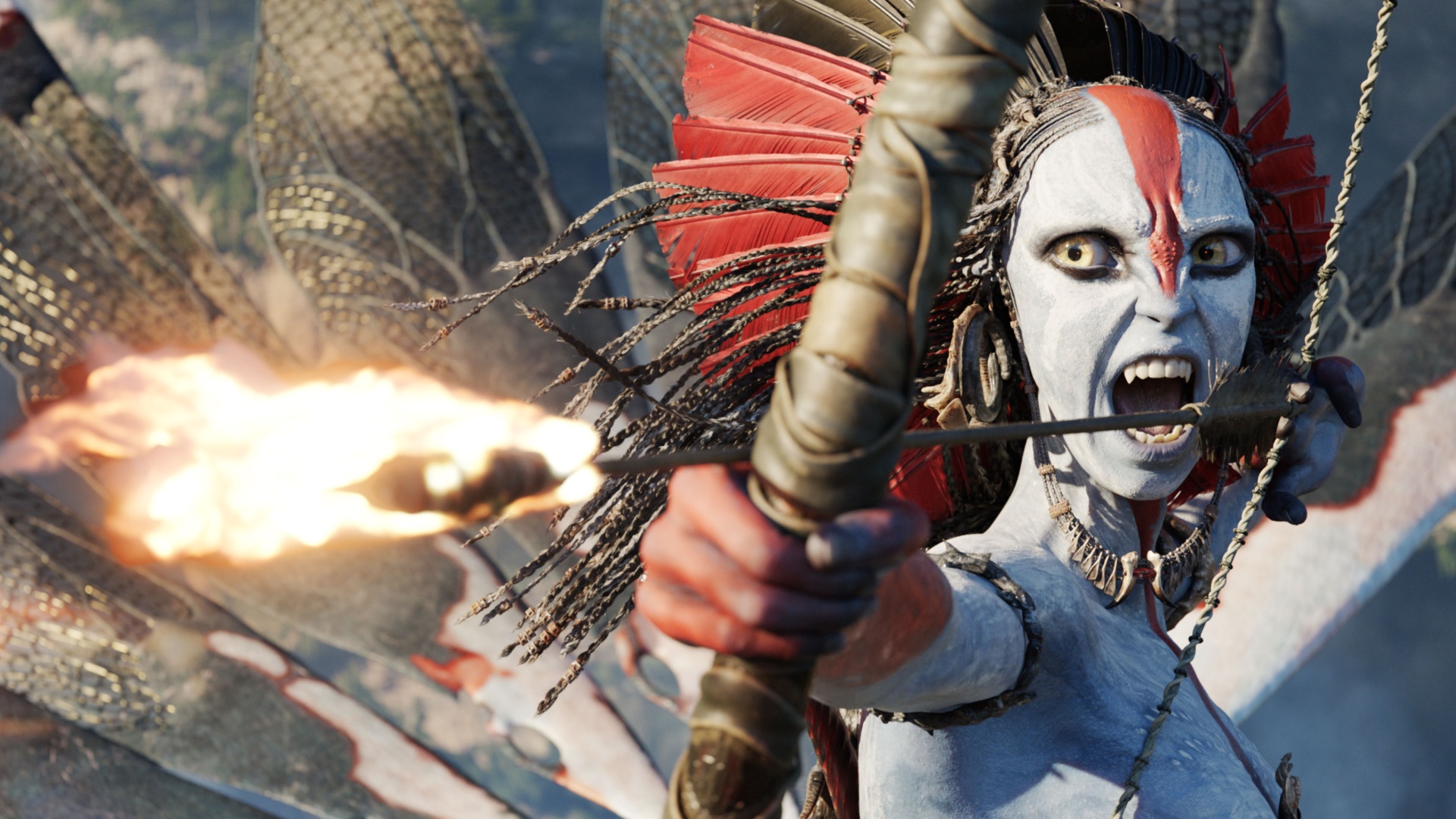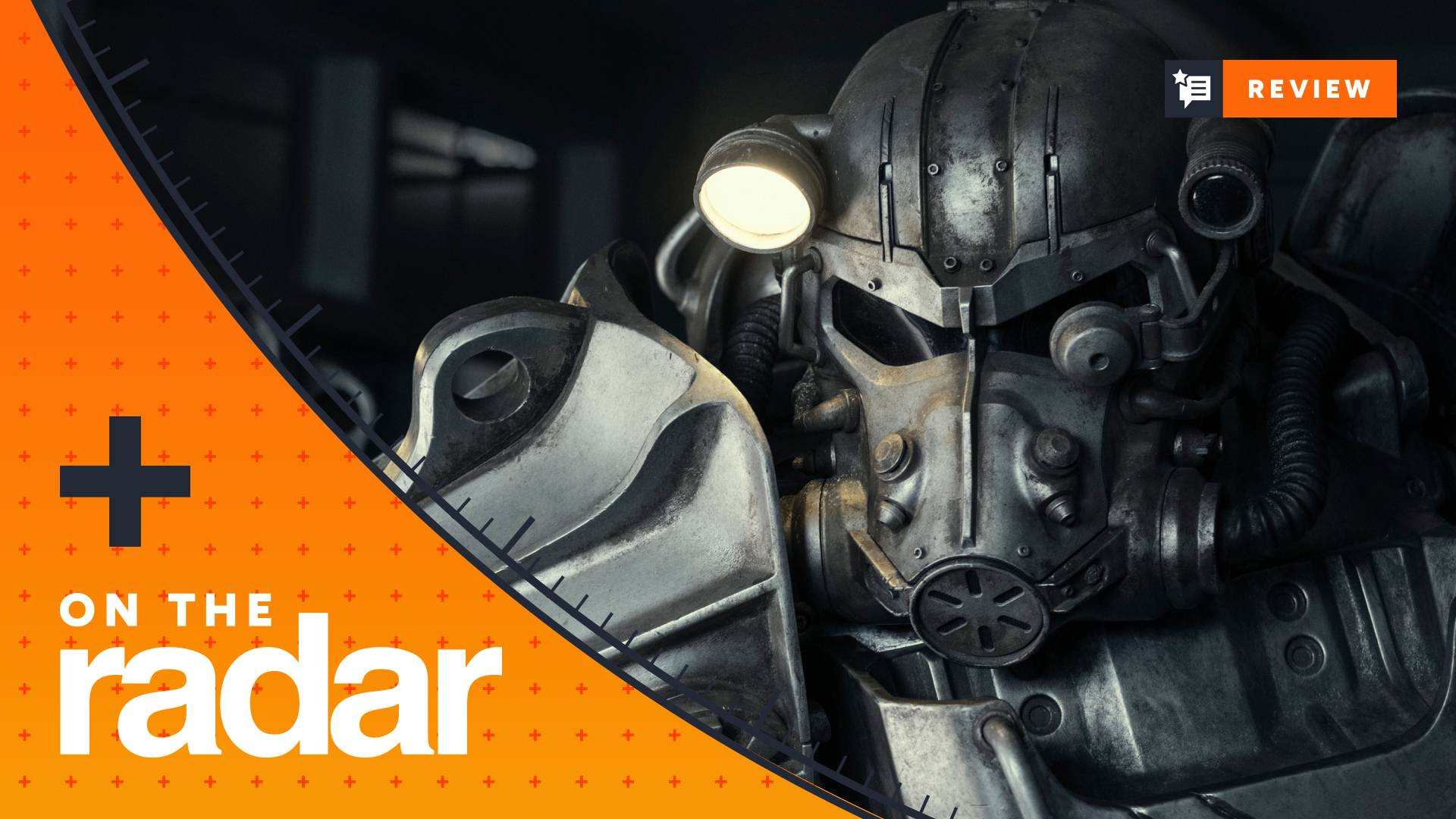9 Final Fantasy 16 tips and tricks to help you become an Eikon icon
These tips and secrets will help you go a long way when starting the odyssey of Clive in FFXVI.

A range of Final Fantasy 16 tips and tricks will do a lot to help you get going, as even the long tutorial that takes you through the basics of FFXVI leaves some of the nuances of Clive's most noteworthy powers and abilities still to be discovered.
Clive's journey is presented in various stages and it'll be about twenty hours before the game really starts to open up, but there's plenty to learn both before and after that point, with some basic principles that'll help you no matter what stage you are in the game. For those who want to get a grip on the fundamentals, here's the top 9 Final Fantasy 16 tips and tricks that'll help you master the game and the basics of big-sword brawling.
The best tips and tricks for Final Fantasy 16
We've listed the best tips for FFXVI below, having gone through the game ourselves and thought about what's most important to know (that the game doesn't tell you).
- Look for loot in dead ends by using the Local Map and wall-hugging
- Active Time Lore is essential to understanding the full story
- Many abilities only really work when paired with others
- Your dog's Cure power should be used as much as possible to save on Potions
- The Phoenix Shift is a power to charge at enemies, not dodge attacks
- When you Stagger an enemy, build your combo multiplier with Gouge
- Check to see if gear can be both crafted and purchased
- Side quest marked with a plus? It's an important one
- Air-juggling is a special technique that's great on smaller enemies
There's plenty more on top of that, but these are some fundamentals that the game isn't too good at explaining. You can click on any of them to find out more, or scroll down to see them in order and get a fuller explanation of what we mean!
1. Check the Local Map and sweep the area methodically to find profitable dead ends
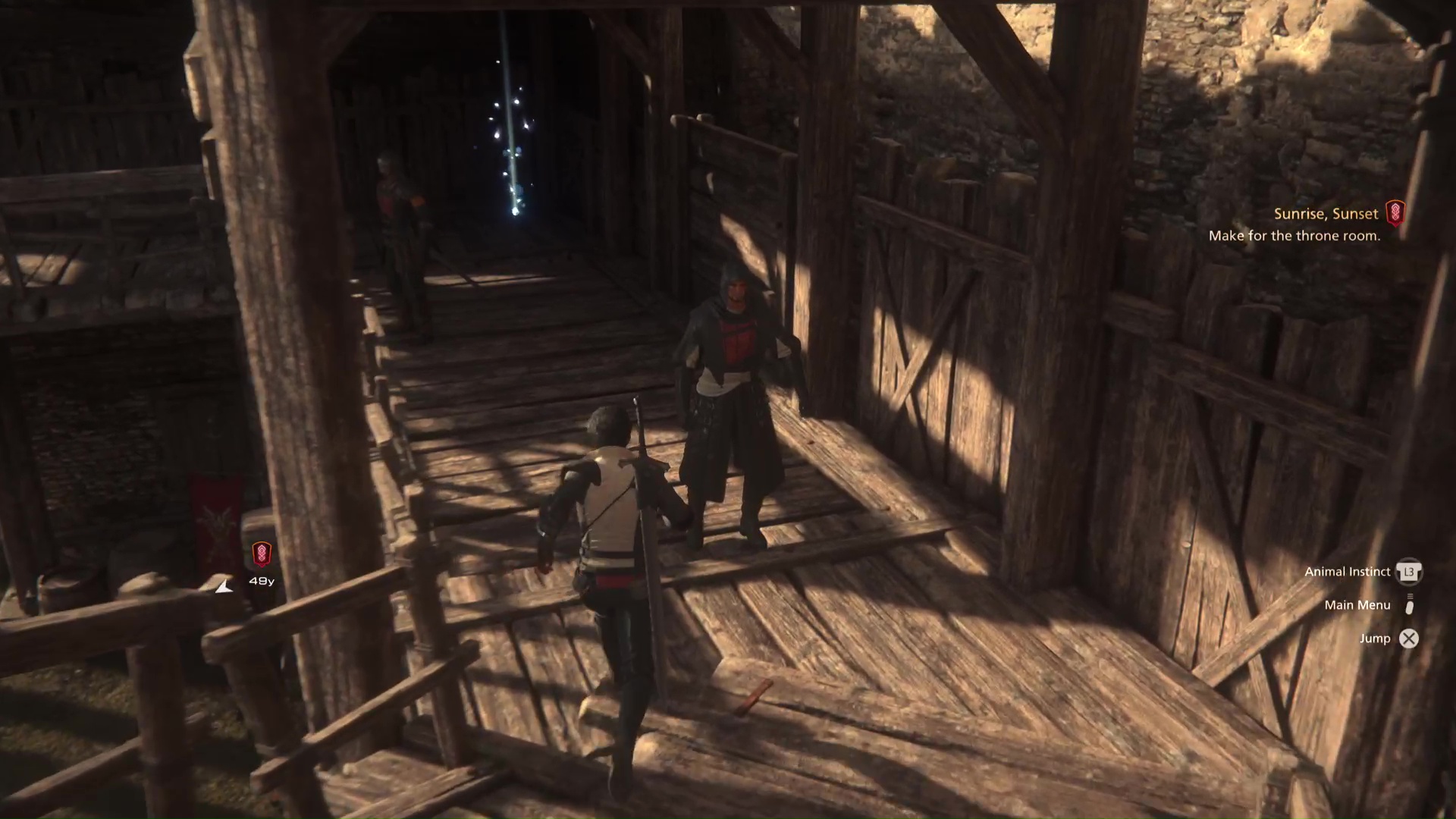
With no mini-map and somewhat realistically confusing environments (especially in nature), it's easy to miss out on a lot of optional areas and little detours - nearly all of which will have extra items and loot to be found. The best approach is to use the Local Map liberally, checking it and following the exterior walls of areas. Frustratingly, chests tend to be harder to spot than loose items, so check around corners and methodically sweep areas before moving on.
This goes double for certain areas like enemy strongholds, which can be just as confusing to explore, but with no Local Map at all - keep your eyes peeled and check the less obvious routes before moving on.
2. You'll need the ATL to fully understand the story
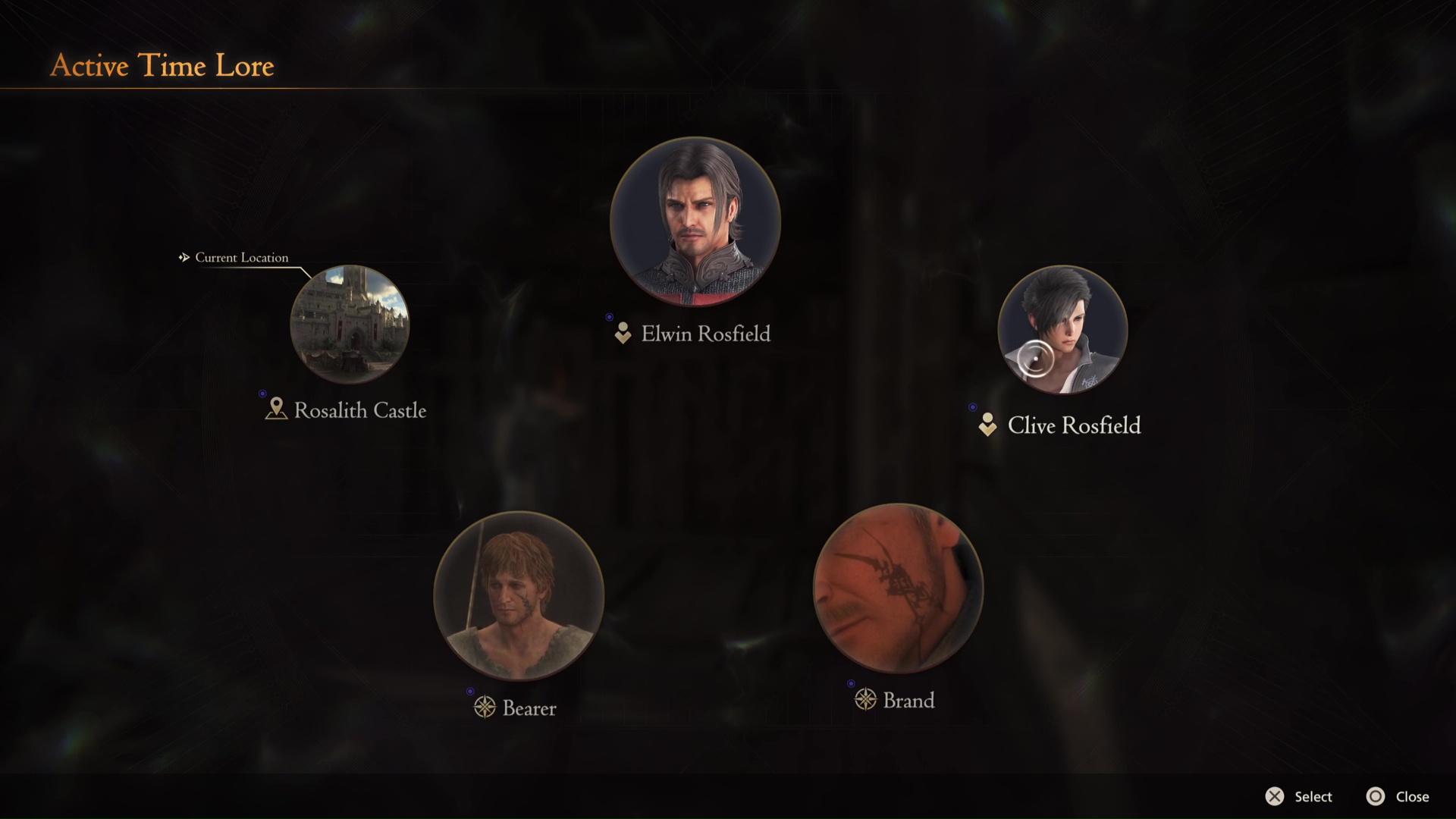
ATL, or "Active Time Lore", is a feature wherein players can hold down the Touchpad during cutscenes to pause and bring up a range of little descriptors for any relevant characters, events, plot points and locations. So if our heroes are talking about a Bearer in Rosaria being attacked by a Moogle, all three of those things are likely to show up on the ATL screen when you open it.
Weekly digests, tales from the communities you love, and more
This feature is more than helpful, it's pretty essential. There's a lot of ideas that aren't fully explained in dialogue, and Final Fantasy 16 assumes that you're using the ATL a lot to keep up to date with the more esoteric details. Not only that, but the list of things on the ATL can change in the same cutscene - so if the heroes discover at the end of the conversation that the Moogle was pecked by a Chocobo in Sanbreque, those three things will show up after they're mentioned.
3. Some skills and abilities require others to get the most out of them
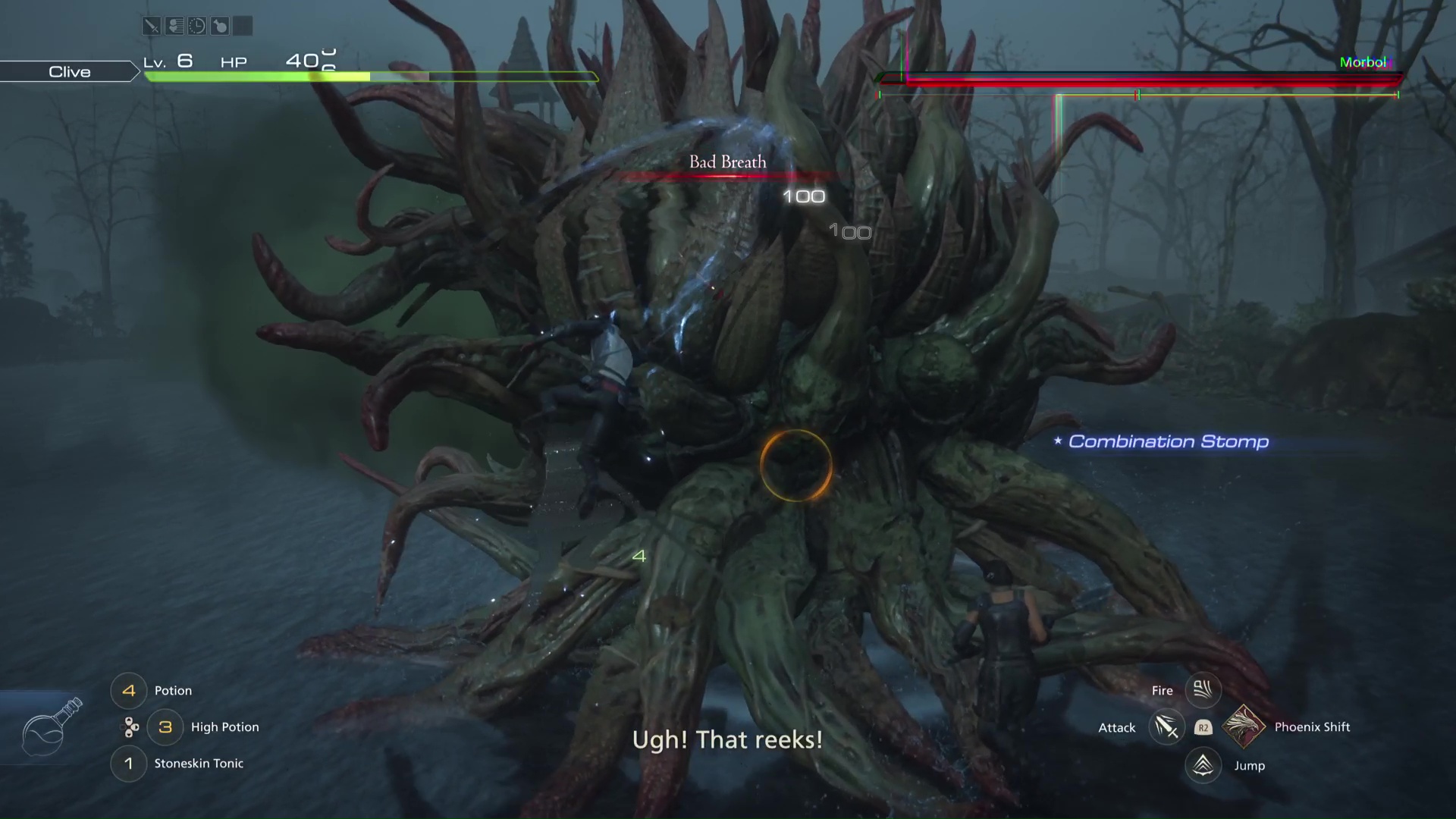
While all abilities can be useful, some really only come into their own when others are bought that complement them. For example, the ability to jump on enemies pairs nicely with the Downthrust aerial attack, and until then it's not especially useful except in very specific circumstances. The chance to refund abilities at any time is something you should definitely use - try mixing and matching for the optimum build, and send back any powers that you aren't using so you can reinvest.
4. Use Torgal's Cure often to prevent needing potions
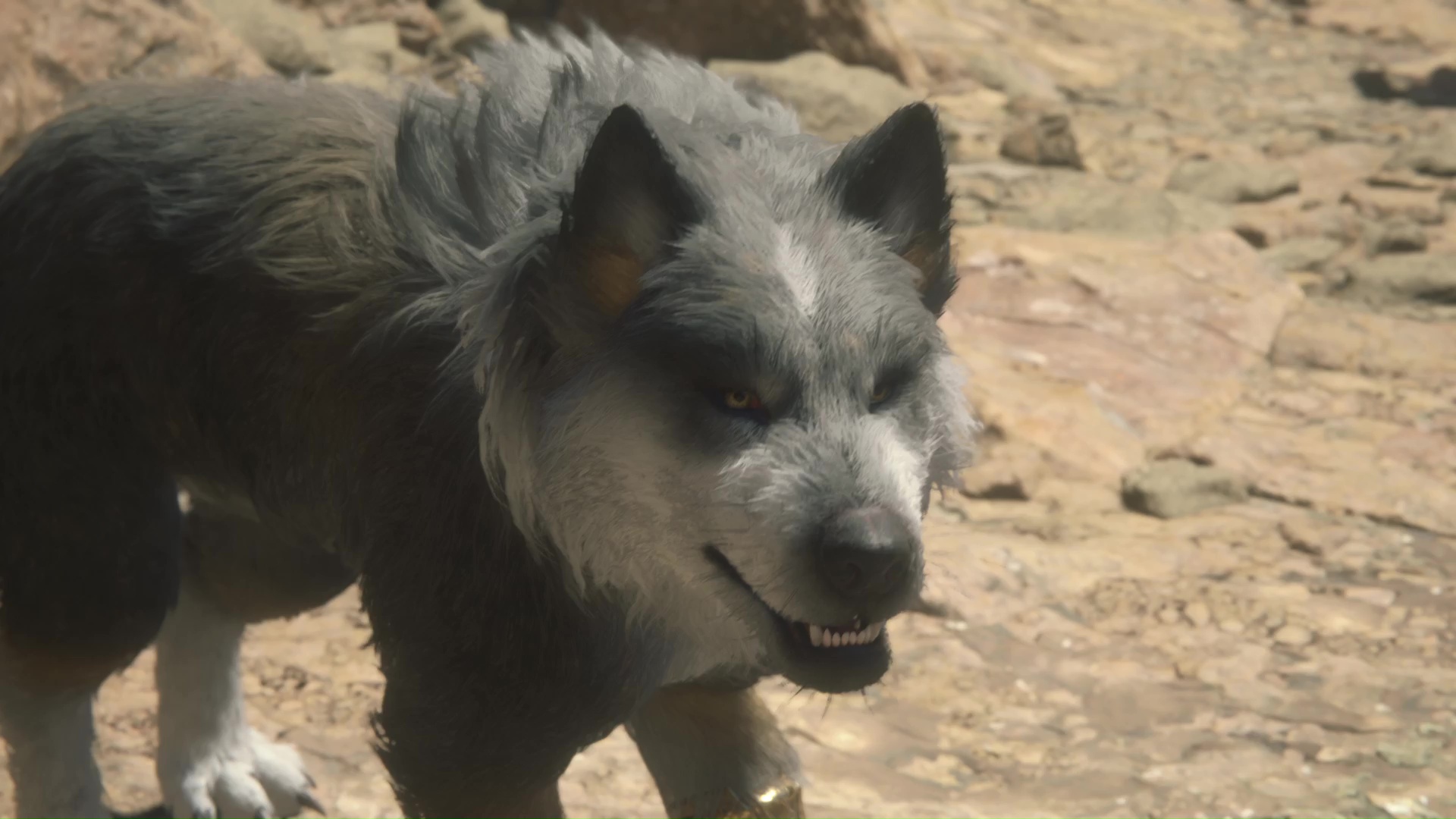
The best healing power you'll have will always be potions, but you shouldn't use them unless you have to - as the dog Torgal has a "Cure" power (somehow) that can be triggered infinitely at zero cost. It's a lot more limited and triggers a slow regeneration, but the fact that it's free means you should use it whenever possible to keep yourself alive rather than dipping into the more costly, limited potion supply.
5. The Phoenix Shift isn't a dodge, but an advance
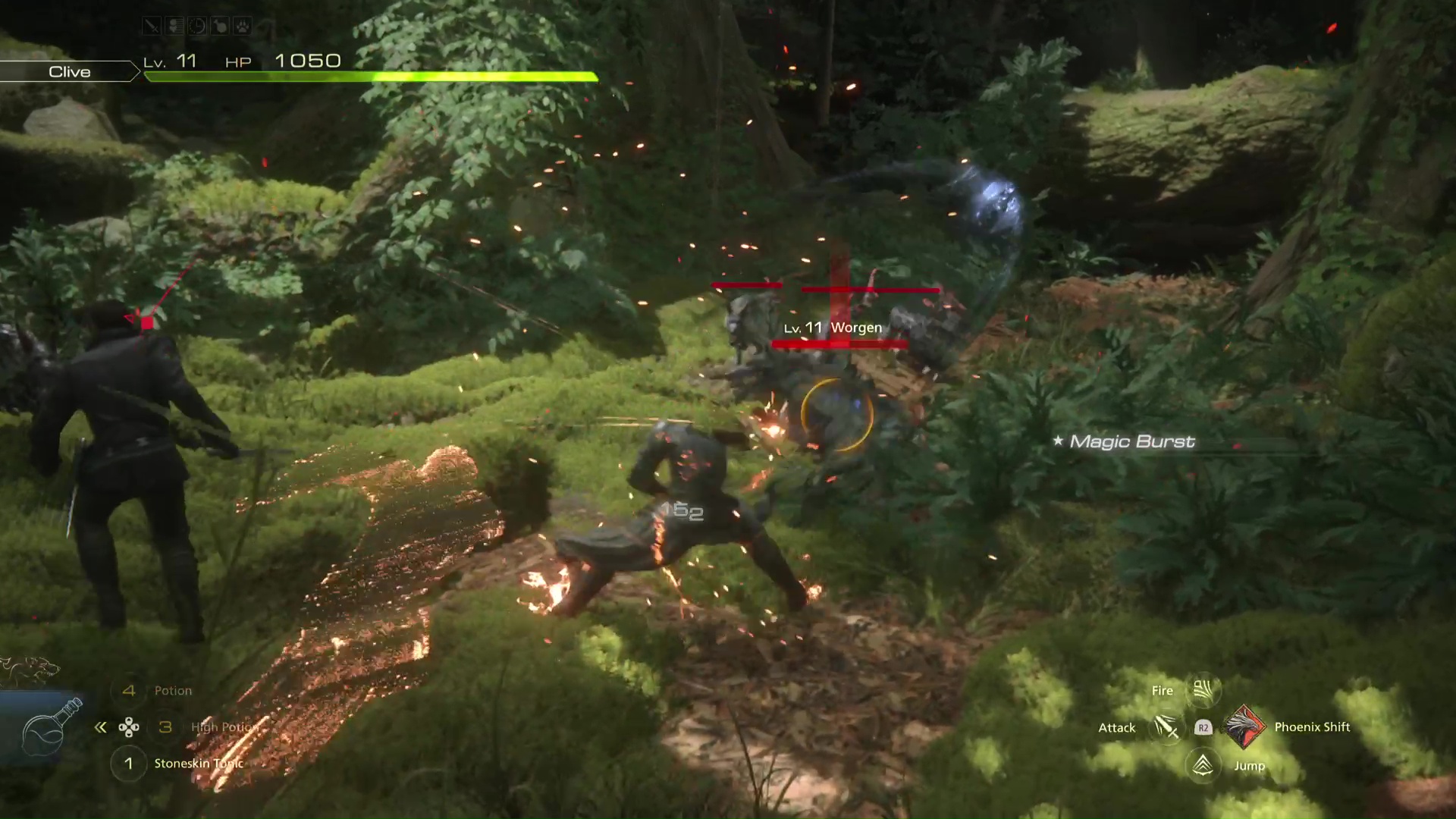
One of the first powers you'll get is the Phoenix Shift, which causes Clive to dash while covered in flame, but don't get confused - despite looking like a variation of the standard dodge, it's very hard to use in that capacity, as there's no invulnerability frames and it's far harder to avoid attacks, as it tends to just propel you towards the opponent.
The Phoenix Shift is actually more of a charge, a way to close distance and empower the next strike you do. It's also useful for reaching low-flying enemies, and while it can be used evasively, that's more of an incidental effect. Use it when you need to reach an opponent quickly and they're not reading an attack, otherwise they'll hit you as you Shift towards them.
6. Use Gouge the moment an enemy gets fully staggered
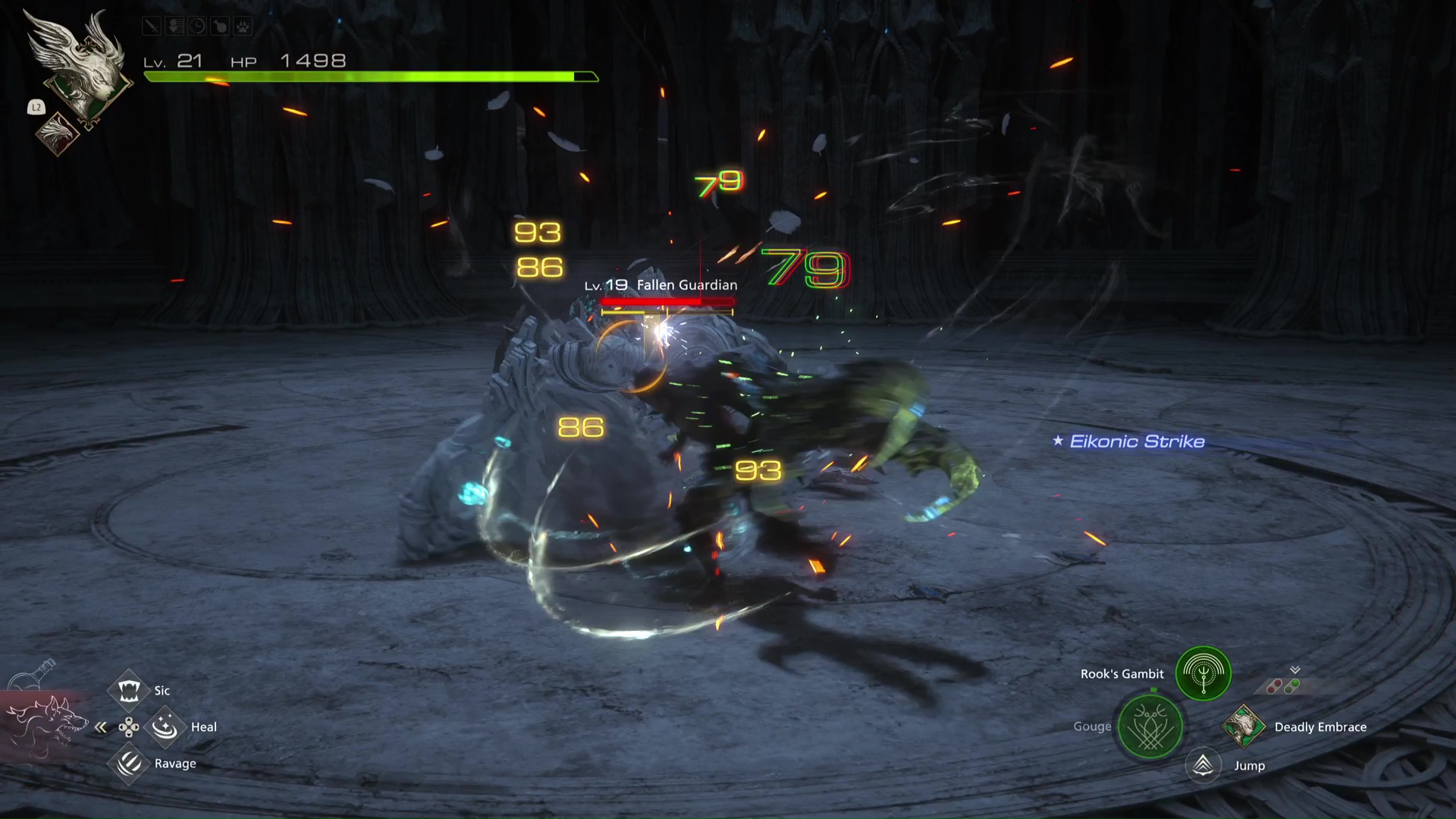
The Gouge ability won't be unlocked until a little way into the game, as part of the Garuda/Wind ability tree, but it's very useful once you get it. A very rapid barrage of strikes on a single target, it's the best option to use on an enemy when they get staggered - as each hit builds up the Staggered damage multiplier.
Consequently, the Gouge should be your first move when the enemy gets Staggered, rapidly building those numbers with a series of minor hits, then swapping to a major attack like Flames of Rebirth to really capitalize on that boosted damage.
7. Some gear can be crafted or purchased, make sure to check both
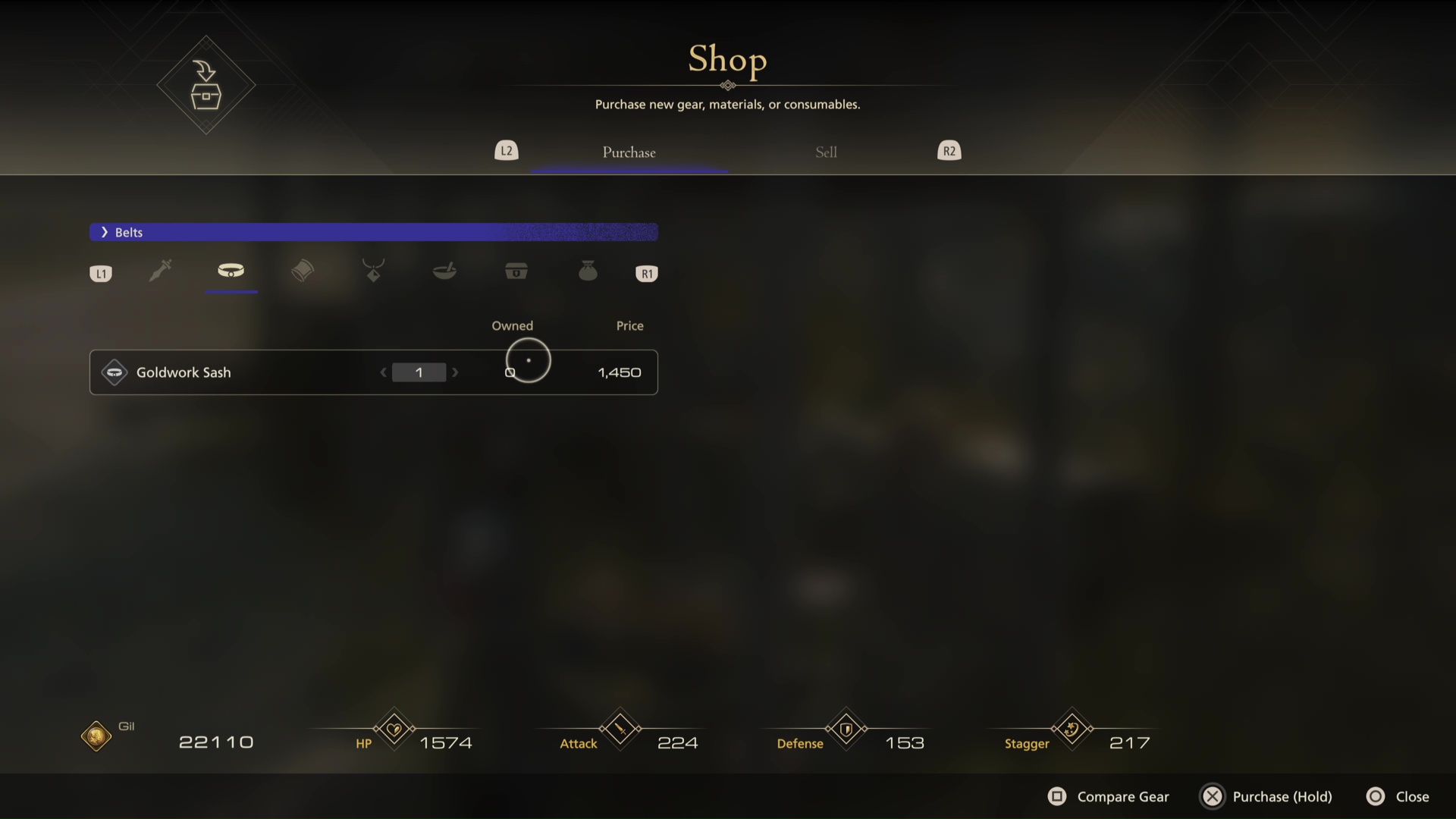
Especially early on, much of the essential gear - weapons and armor - can both be crafted and bought from the Blacksmith or Shop at the hideaway, effectively meaning that you can have two different routes to the same gear. It's a small point, but when materials and Gil are sparse, you should make sure to check both vendors to compare what they want for the same loot.
8. Keep an eye out for side quests with a plus icon attached
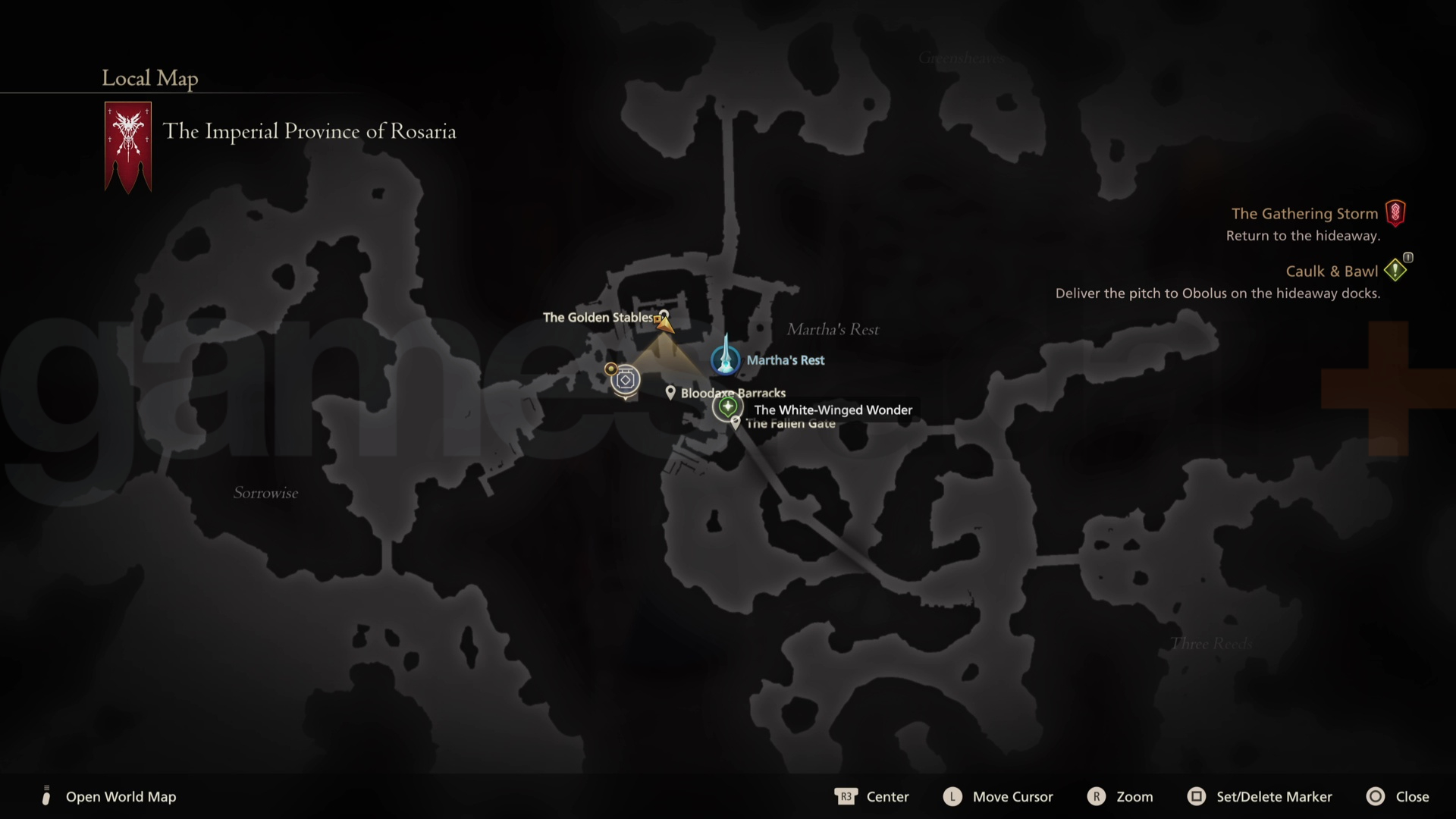
They won't show up for a while, but after a while you'll start seeing more side quests coming up. All of them have rewards you can use - usually Gil and Renown - but you need to look for icons where the green circle contains a + sign, rather than !
These special quests offer rewards that are unique and can't be obtained in any other way, and range from a new mount to unique armor to an expanded inventory and more. Look for plus marks and prioritize them whenever possible.
9. Air-juggling is the secret to superior combat
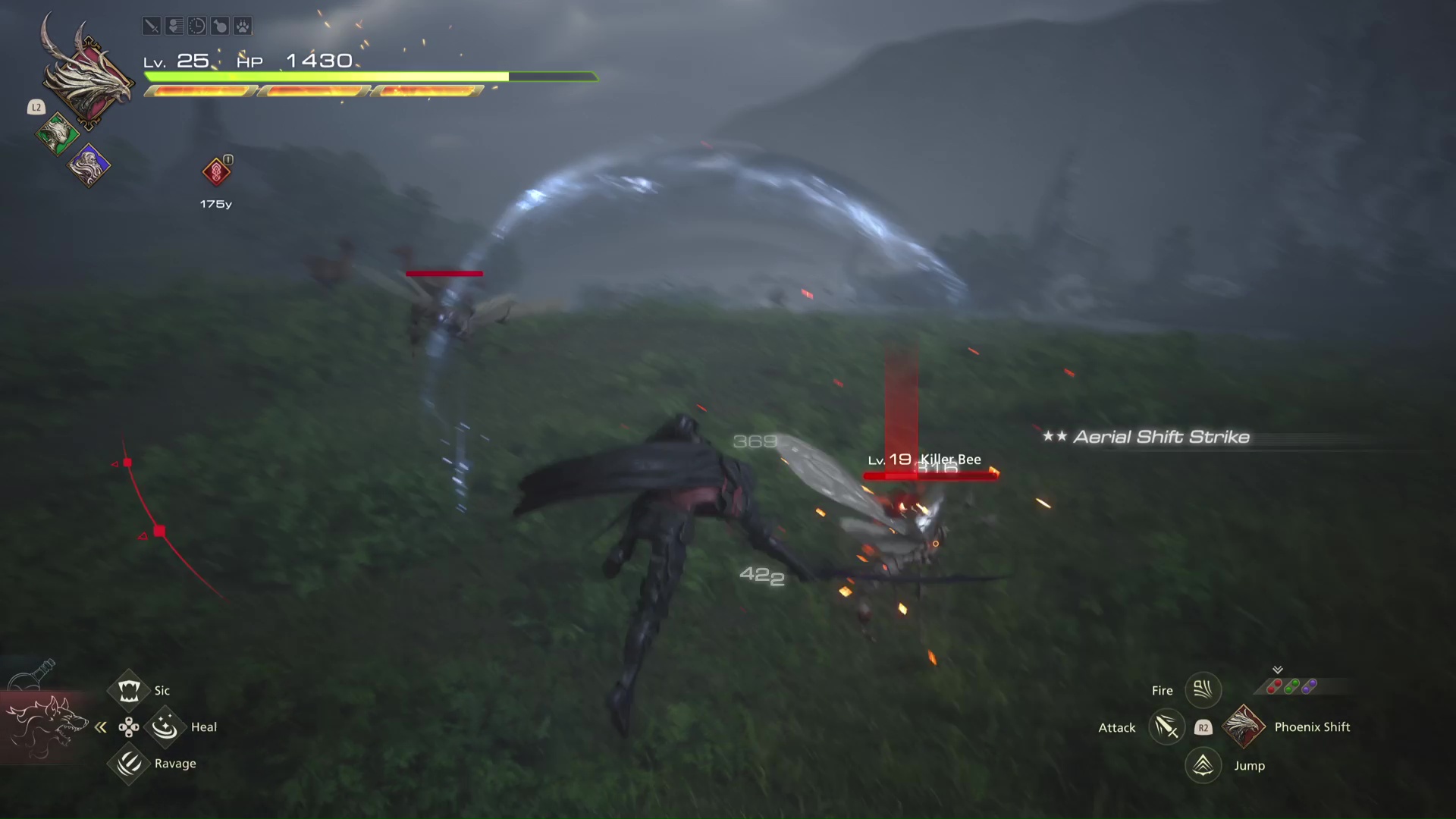
The game doesn't tell you how important it is, but air juggling - keeping an enemy in the air with repeated strikes - is a great approach to combat that can't be overstated. Not every enemy can be air-juggled and you'll really only be doing it on smaller foes, but it stuns them, leaves them completely vulnerable, and holds you out of range of other enemies' melee attacks. Get an enemy into the air with an Eikon Power, Torgal's Savage attack, or any other method, use Phoenix Shift to meet them at the peak of their trajectory, then use quick strikes to hold them in place before finishing with a deadly Downthrust manoeuvre.
© GamesRadar+. Not to be reproduced without permission

Joel Franey is a writer, journalist, podcaster and raconteur with a Masters from Sussex University, none of which has actually equipped him for anything in real life. As a result he chooses to spend most of his time playing video games, reading old books and ingesting chemically-risky levels of caffeine. He is a firm believer that the vast majority of games would be improved by adding a grappling hook, and if they already have one, they should probably add another just to be safe. You can find old work of his at USgamer, Gfinity, Eurogamer and more besides.
